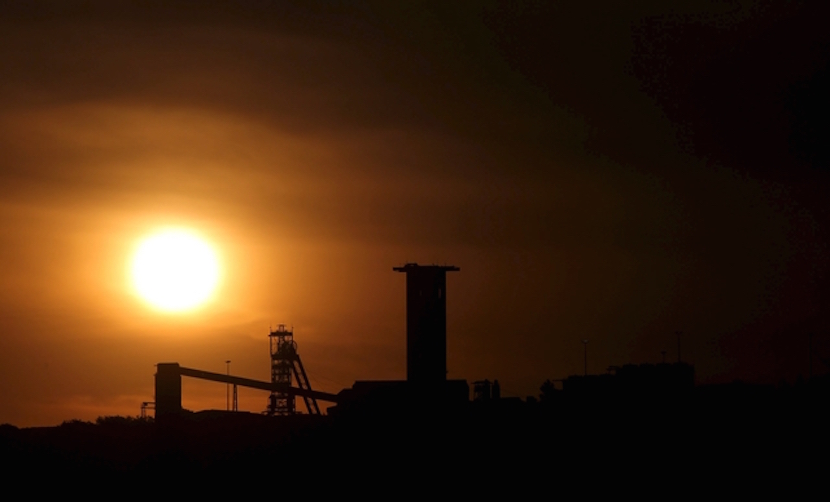In my short career as a TV journalist, from around 2010, I have covered stories calling the end of the gold sector in South Africa. And as the sun sets on the sector, five years later, the same questions are still being asked. How are these miners going to survive in an environment where costs are growing at a faster rate than the selling prices of the commodities. Technology is an enabler, and at a speech last night at the Gordon Institute of Business School, Gold Fields CEO Nick Holland called for the increased use of innovation. The challenge, with unemployment sitting at 1 in 4, technology at first does take the place of many jobs, but down the line it should lead to up-skilling. The classic case of the chicken and egg. – Stuart Lowman
By Kevin Crowley
(Bloomberg) — Gold producers must revolutionize their mining methods, become more tech-savvy and increase the use of automated machinery to survive in an environment of low prices and declining ore quality, said Gold Fields Ltd. Chief Executive Officer Nick Holland.
With gold becoming more difficult to find and expensive to mine, companies must adapt by embracing three-dimensional modeling, better data analysis and more sophisticated machinery, Holland said in a lecture at the Gordon Institute of Business Science in Johannesburg on Wednesday.

“The journey toward not just mechanization but automation and digitization has begun and it’s only going to exponentially grow from here,” Holland said. “As that bus is picking up speed we’d better get on it.”
Read also: Gideon du Plessis: Time for turnaround in SA mining chain of promises
The price of gold has tumbled almost 40 percent since its peak in 2011, squeezing producers from Peru to Australia that have relied on old mines with declining ore grades for profits. The average all-in cost of the 11 major producers tracked by Bloomberg Intelligence was $918 an ounce in the second quarter. Gold for immediate delivery traded at $1,168.10 an ounce at 2:03 p.m. in New York on Wednesday.
Partnerships with technology firms, as well as governments, universities and local communities, will help reverse this tightening of profit margins, Holland said.
Read also: Gold Fields is a gold mine: Company can spend up to $500 mln on working mines
Gold Fields, based in Johannesburg, is employing more modern techniques at its South Deep gold mine in South Africa, Holland said. South Deep has struggled to meet production targets due its complex ore body.

